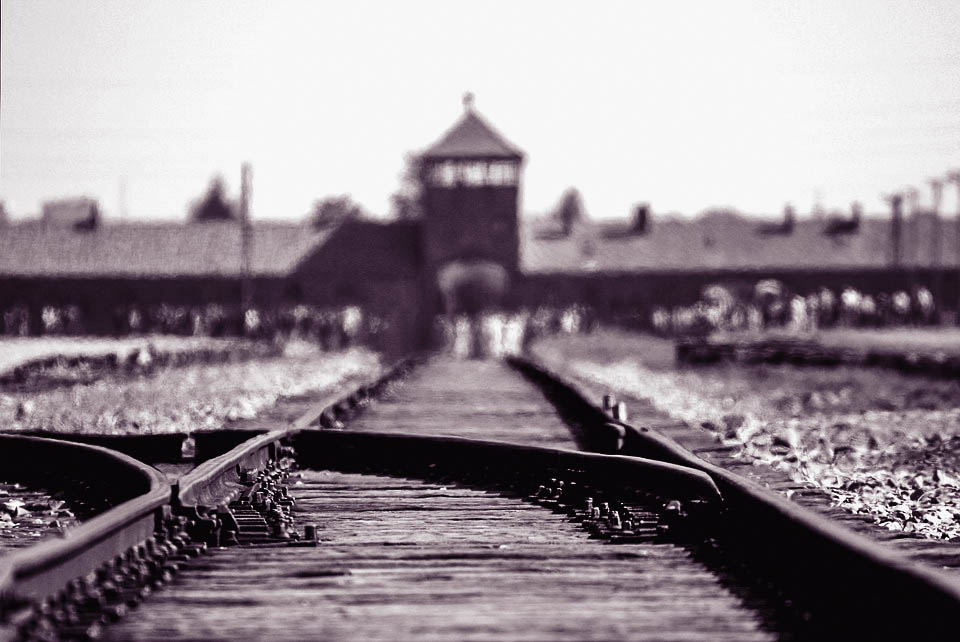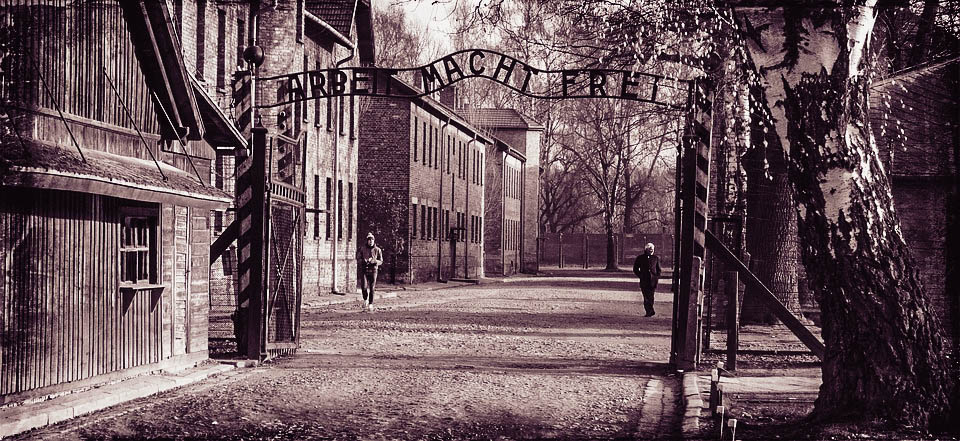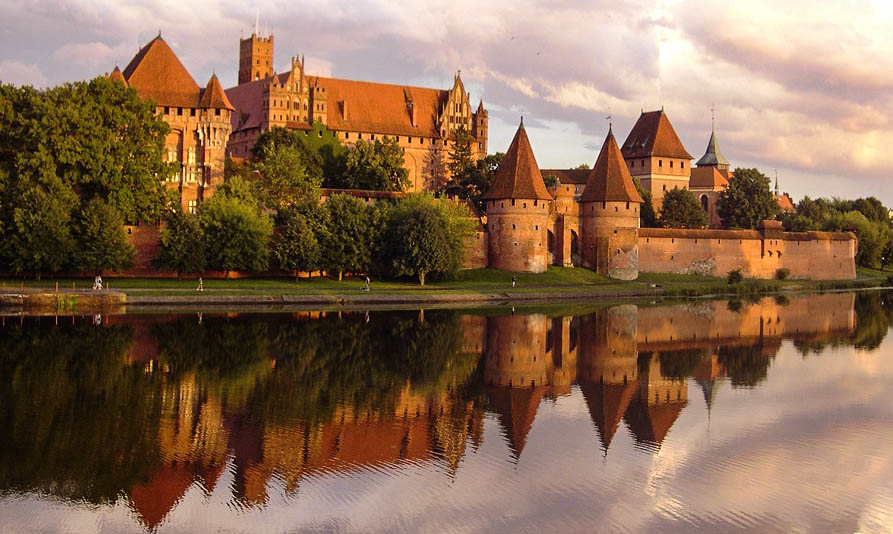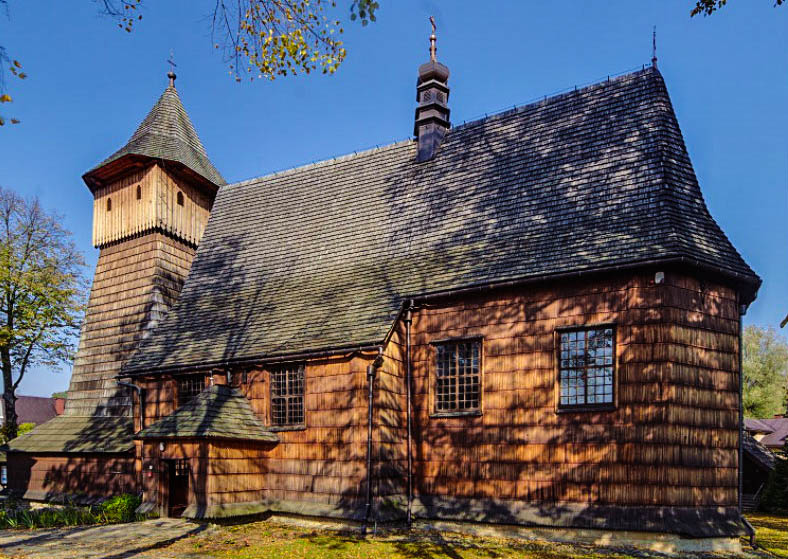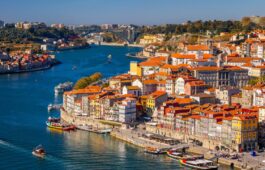- 24 February 2017
- The Migration Bureau
- No Comments
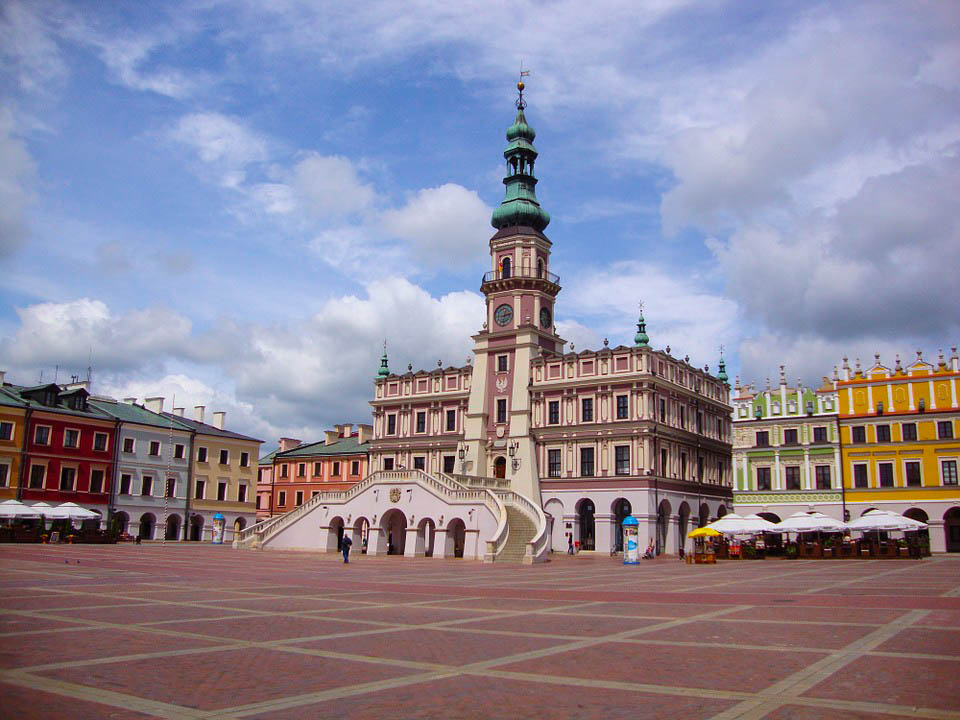
World Heritage Sites in Poland – UNESCO
World Heritage Sites includes objects cultural and natural heritage of “outstanding universal value” for humanity. It is run by a specialized UN organization UNESCO. It was established in 1972. In Paris, and 21 representatives each year to decide which monuments and sites should be credited and which deleted. In 2016. List includes 1,052 facilities in 165 countries. 14 of them are located in Poland
In Poland there are as many as 14 unique places and monuments that have been inscribed on the UNESCO World Heritage Sites list. As a result, Poland takes pride of place 9th in Europe and 15th place worldwide in terms of the amount entered on the list of goods.
Full List of World Heritage Sites in Poland
Cultural (13) and Natural (1)
- Auschwitz Birkenau German Nazi Concentration and Extermination Camp (1940-1945) (1979)
- Castle of the Teutonic Order in Malbork (1997)
- Centennial Hall in Wrocław (2006)
- Churches of Peace in Jawor and Świdnica (2001)
- Historic Centre of Kraków (1978)
- Historic Centre of Warsaw (1980)
- Kalwaria Zebrzydowska: the Mannerist Architectural and Park Landscape Complex and Pilgrimage Park (1999)
- Medieval Town of Toruń (1997)
- Muskauer Park / Park Mużakowski (2004)
- Old City of Zamość (1992)
- Wieliczka and Bochnia Royal Salt Mines (1978)
- Wooden Tserkvas of the Carpathian Region in Poland and Ukraine (2013)
- Wooden Churches of Southern Małopolska (2003)
- Białowieża Forest (1979)
1. Auschwitz Birkenau German Nazi Concentration and Extermination Camp
-


The grounds of the former Auschwitz-Birkenau were entered in 1979. On the basis VI. The UNESCO World Heritage Sites represent all concentration camps and extermination camps in the world.
Fences, barbed wire, guard towers, barracks, gallows, gas chambers and crematoria testify about the conditions under which the Nazi genocide took place in the former concentration and extermination camp Auschwitz-Birkenau, the largest in the Third Reich. Historical research has shown that in this camp, constituting a symbol of cruelty of people towards the people in the twentieth century, systematically starved, tortured and killed 1, 5 million people, mostly Jews.
-
Castle of the Teutonic Order in Malbork

The largest brick castle complex in the world every year visited by about half a million tourists. It is the most powerful gothic castle in Europe, a true jewel of military architecture. The construction of the castle began in the thirteenth century, and the biggest change in the shape of the building took place in the next century, in connection with the decision of 1309 regarding the transfer from Venice to Malbork, the capital of the Teutonic Knights and the seat of the Grand Master. That was close to one of the most valuable monuments of the Pomeranian ceased to exist. Neglected and freely rebuilt in the eighteenth century, it was to be even to be demolished. As a result, inter alia, the devastation of World War II, which absorbed 50% of the buildings, the impressive fortress is a large part of the reconstruction of the former Gothic assumptions. It’s on the list of The UNESCO World Heritage Sites.
3. Centennial Hall in Wrocław
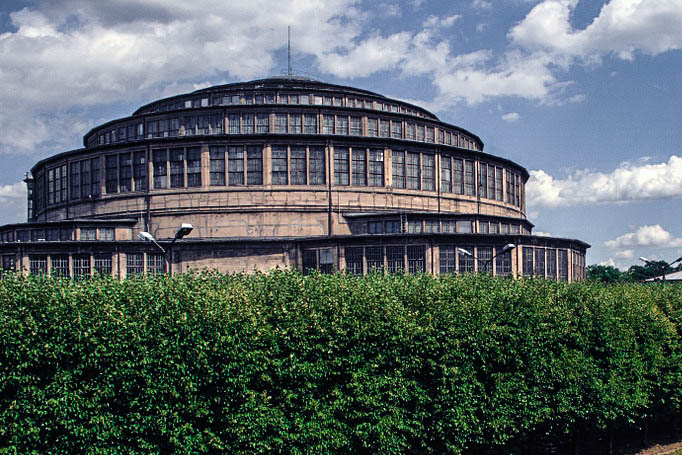
Centennial Hall in Wroclaw is a UNESCO World Heritage Site under its original name, the Centennial Hall (Centennial Hall in Wroclaw). This is the name commonly known and used by researchers of architecture from the time of construction of this monumental building to the present day.
It is a building breakthrough in the history of architecture using reinforced concrete. It was built in the years 1911-1913 by the architect Max Berg in the Centennial Exhibition grounds as building multi maid recreation. Built on a circular plan with four apses, Hall is a huge cylindrical auditorium for approximately 6,000 people. Rising to a height of 23 meters dome is topped with a lantern in steel and glass. The Centennial Hall is a pioneering solution in terms of architecture and engineering, documenting the intermingling of different influences in the early years of the twentieth century, a crucial point of reference for the further development of construction in the area of large structures reinforced.
4. Churches of Peace in Jawor and Świdnica
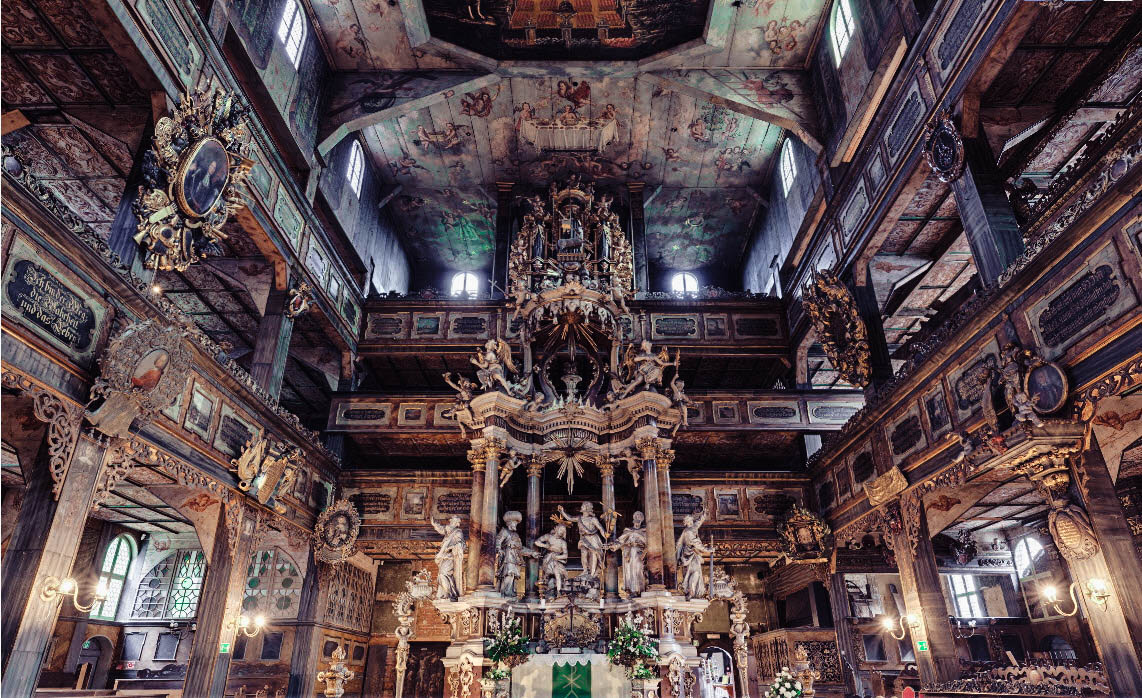
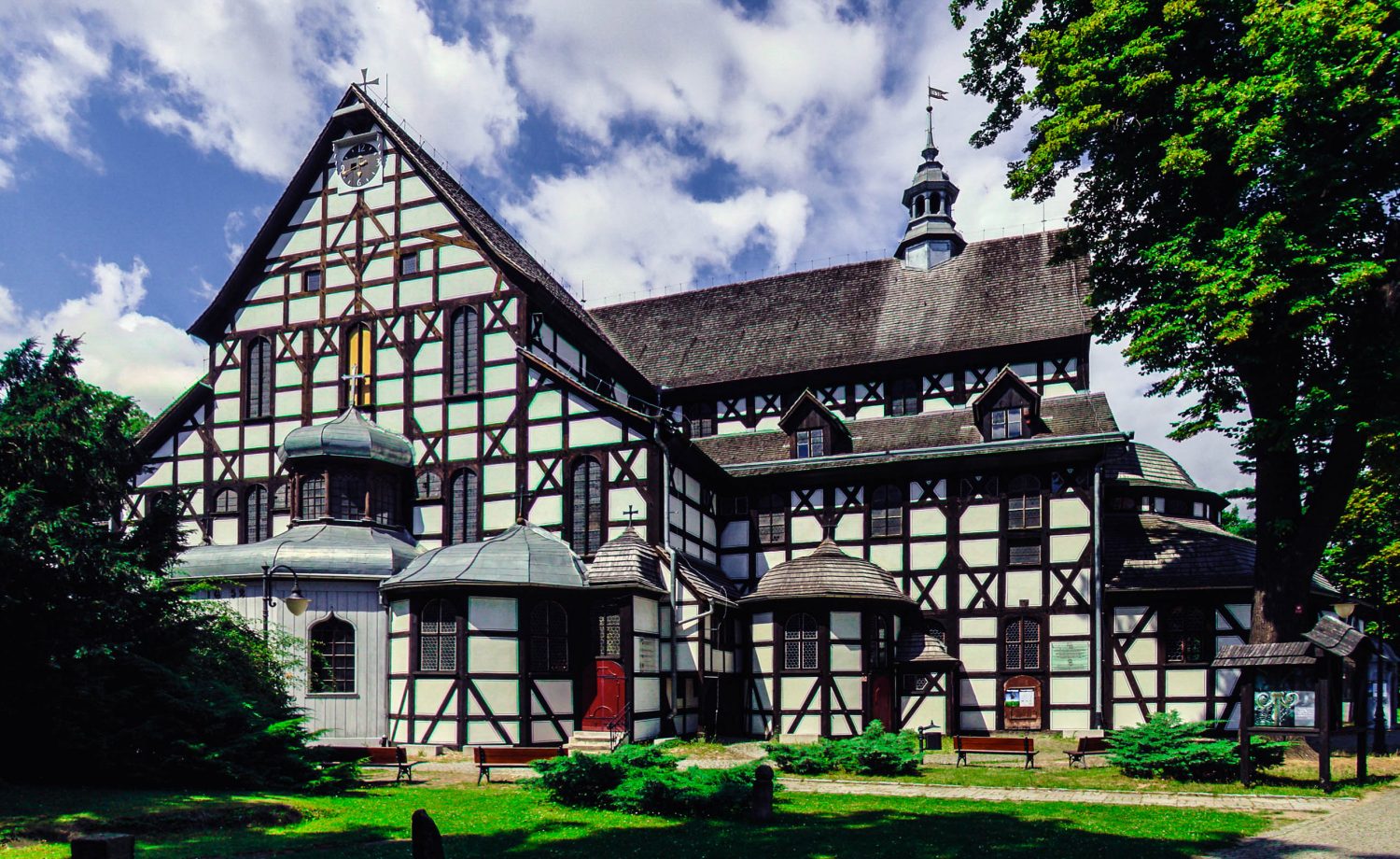 Founded in Lower Silesia temples are the largest wooden buildings with religious functions in Europe. Their name is derived from the Peace of Westphalia, ending the Thirty Years War (1618-1648), under which Emperor Ferdinand III granted the Silesian Lutherans right to build three churches. The construction of temples fortification many reservations, among others were to arise within one year, their construction could be used only perishable materials, could not have towers or bells. With three built by the Lutheran churches, to our times they survived two, the third built in Głogowie burned in the eighteenth century.
Founded in Lower Silesia temples are the largest wooden buildings with religious functions in Europe. Their name is derived from the Peace of Westphalia, ending the Thirty Years War (1618-1648), under which Emperor Ferdinand III granted the Silesian Lutherans right to build three churches. The construction of temples fortification many reservations, among others were to arise within one year, their construction could be used only perishable materials, could not have towers or bells. With three built by the Lutheran churches, to our times they survived two, the third built in Głogowie burned in the eighteenth century.
5. Historic Centre of Krakow
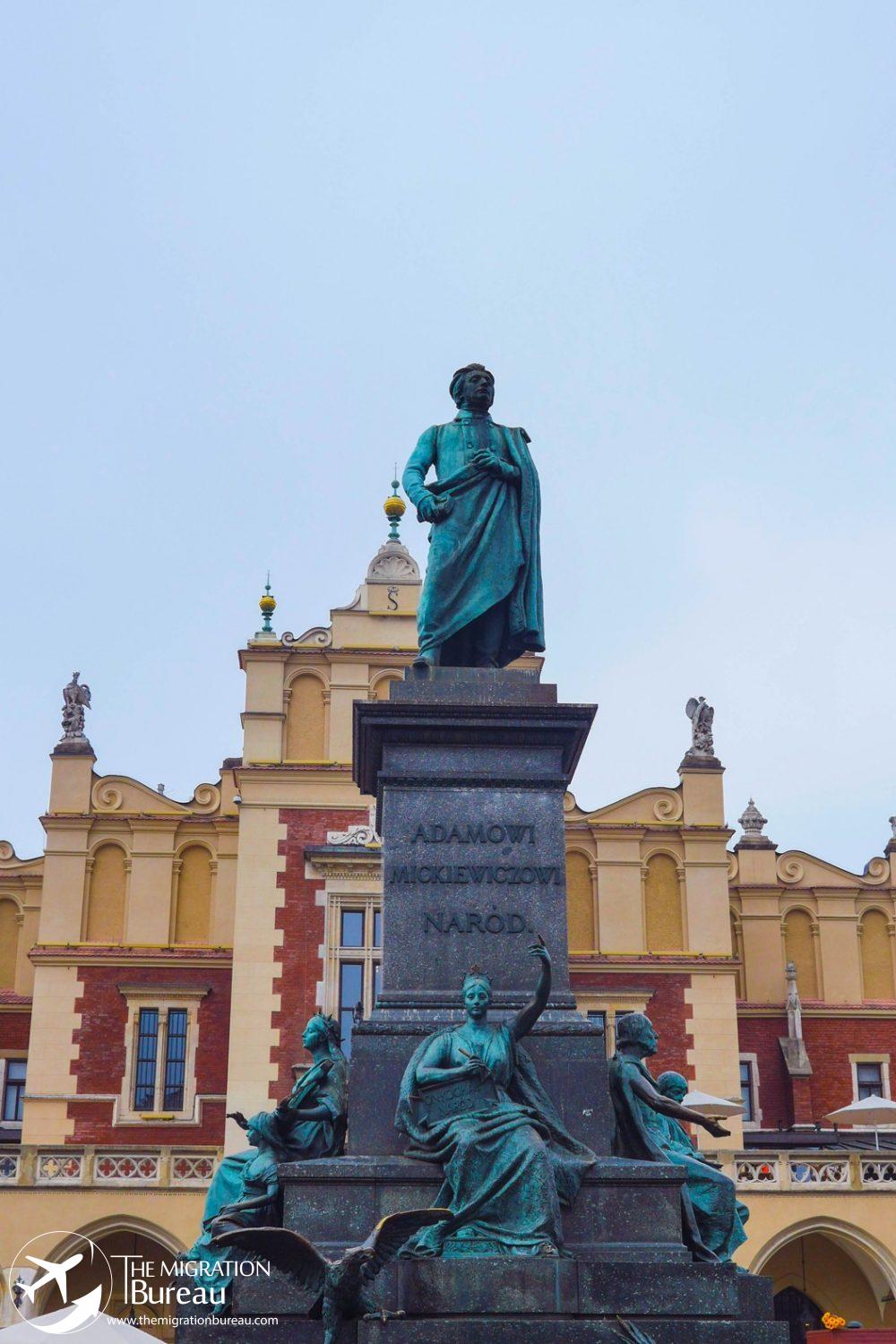
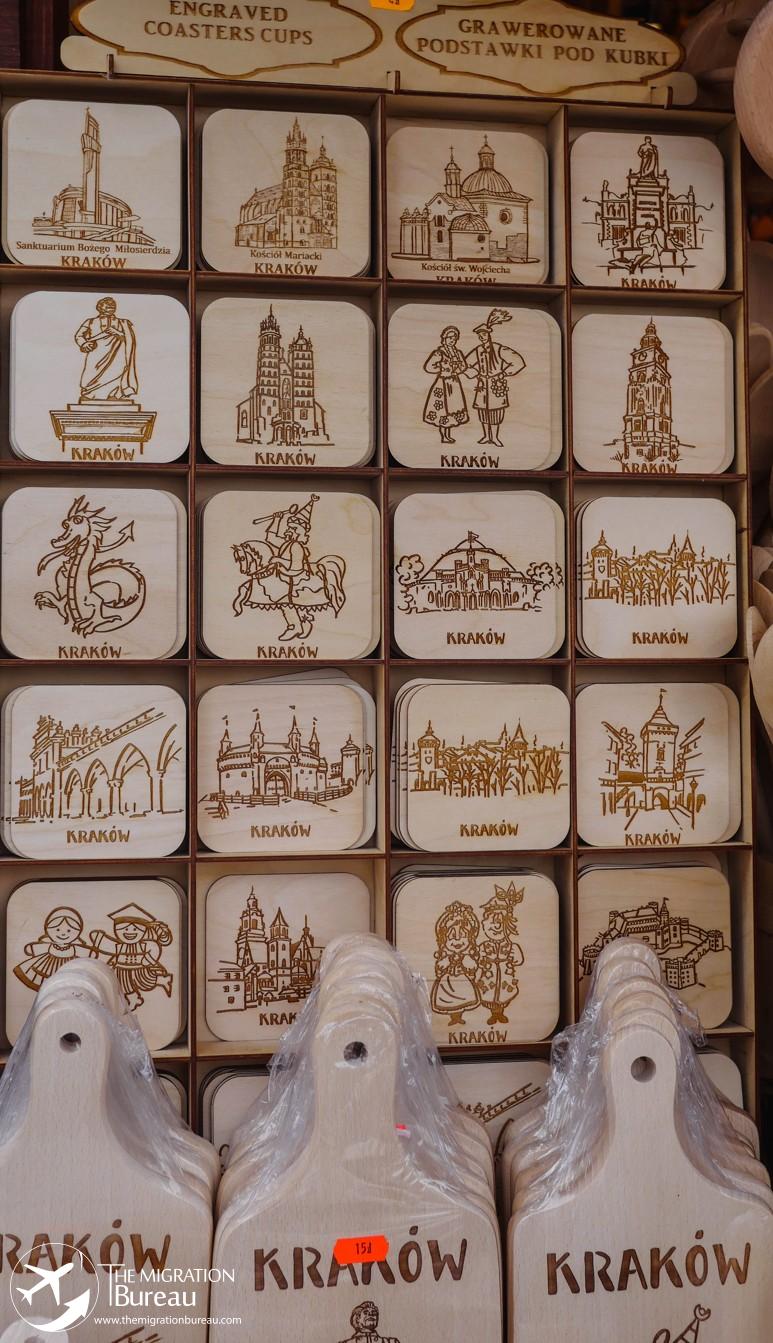
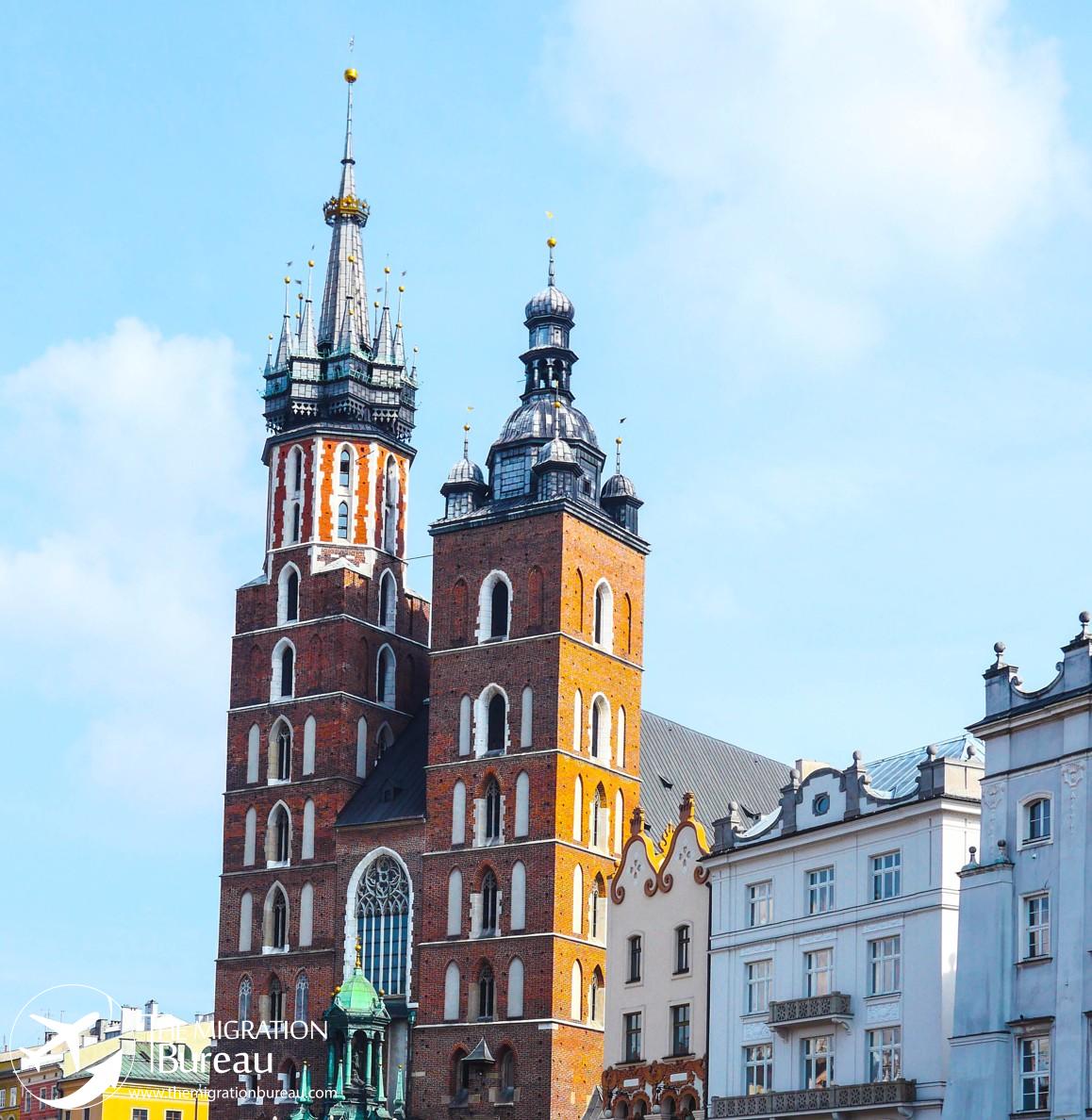 Place inscribed on the World Heritage List in 1978., and what is importnat it is one of the first 12 objects in the world. The area listed includes the Old Town within the ancient walls, Wawel Hill and Kazimierz district of Stradom. In 2010. It was created buffer zone for the area entered.
Place inscribed on the World Heritage List in 1978., and what is importnat it is one of the first 12 objects in the world. The area listed includes the Old Town within the ancient walls, Wawel Hill and Kazimierz district of Stradom. In 2010. It was created buffer zone for the area entered.
The Old Town of Krakow, the former capital of Polish stretches at the foot of the Wawel Royal Castle. XIII-century merchant city has the largest market in Europe, numerous historic buildings and richly furnished palaces and churches. The glorious past of Krakow provide fragments of fourteenth-century city wall, located in the south of the medieval district of Kazimierz, the historic synagogues, Jagiellonian University and the Gothic cathedral where the kings are buried Polish.
6. Historic Centre of Warsaw
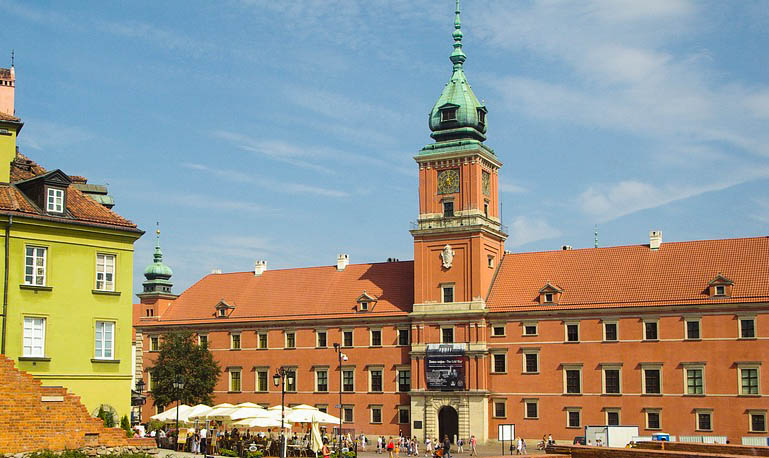
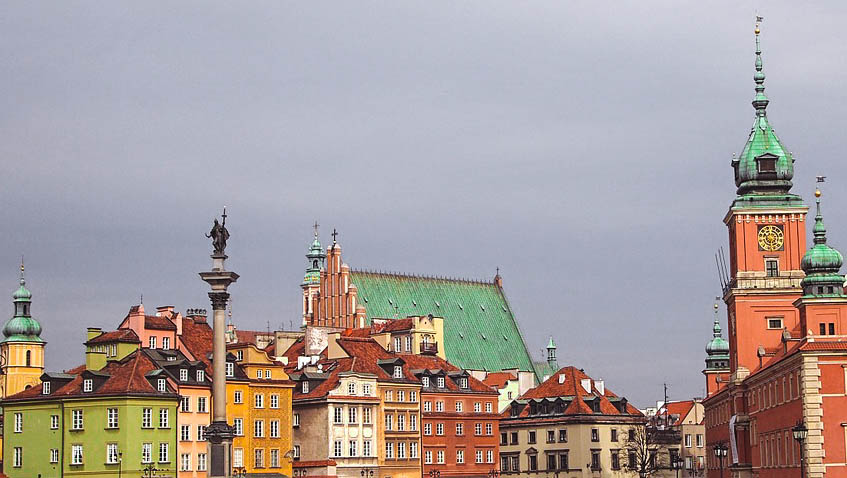
During the Warsaw Uprising in August 1944, more than 85% of Warsaw’s historic centre was destroyed by Nazi troops. After the war, a five-year reconstruction campaign by its citizens resulted in today’s meticulous restoration of the Old Town, with its churches, palaces and market-place. It is an outstanding example of a near-total reconstruction of a span of history covering the 13th to the 20th century.
For a relatively small area of the Old Town Square are the most valuable monuments in Warsaw Royal Castle, Sigismund’s Column, the Cathedral of St. John, as well as the market adjacent to its tenements. Today, looking at these buildings is hard to believe that almost 70 years ago, in their place were only ruins. During World War II the city was razed to the ground almost entirely, bombed, blown up monuments of the Old Town began painstakingly reconstructed in the first post-war years. Old Town has been listed by UNESCO as an example of faithful reconstruction, which uses preserved fragments of the walls. It was the world’s first reconstruction of the historic part of the city, carried out on such a large scale.
7. Kalwaria Zebrzydowska: the Mannerist Architectural and Park Landscape Complex and Pilgrimage Park
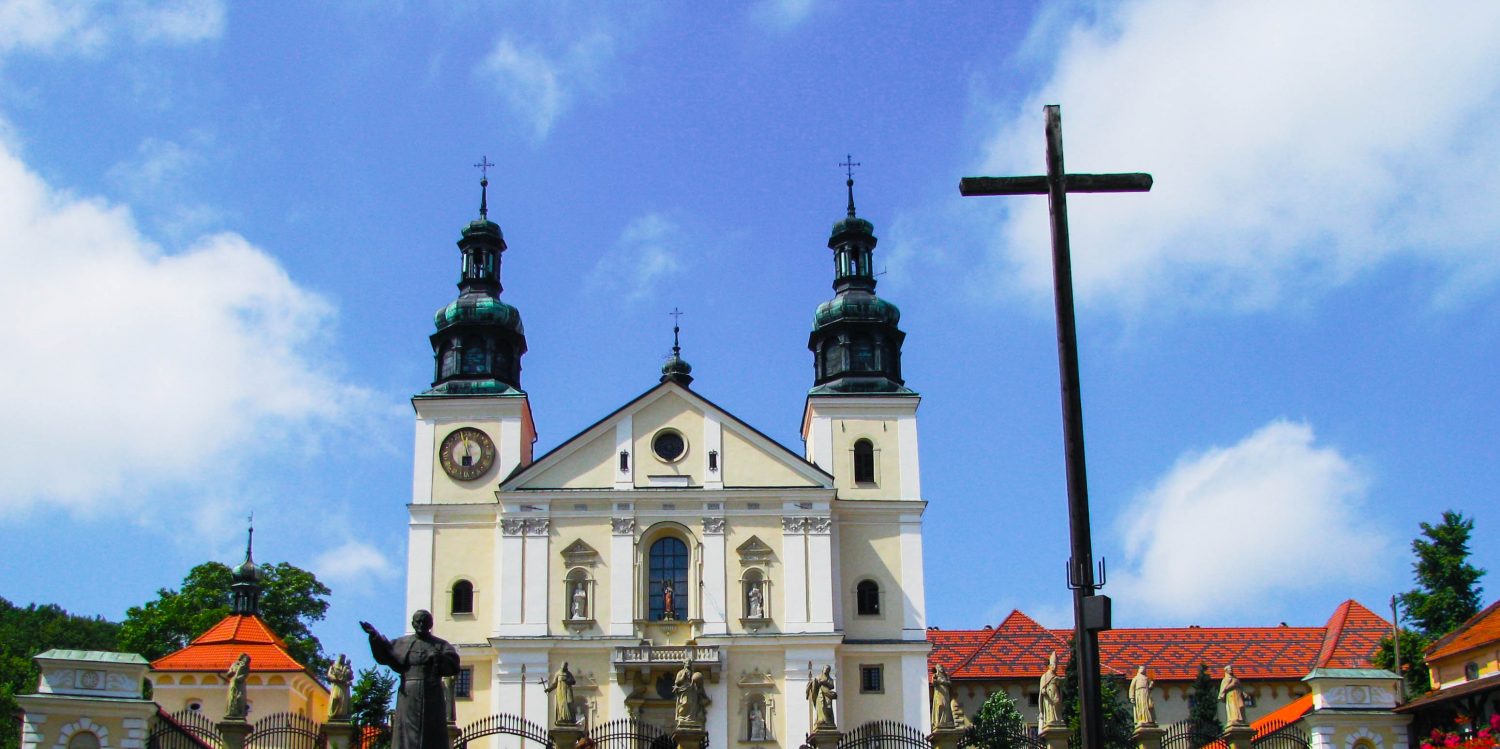 In situated several dozen kilometers from Krakow, Kalwaria Zebrzydowska, is the most famous Polish sanctuary Passion-Marian, called “Polish Jerusalem.” For more than four years, successive generations of pilgrims make pilgrimages to go the route of the Cross in Jerusalem reflects the route of Christ’s Passion. The founder of the sanctuary was Nicholas Zebrzydowski, Krakow province governor, whom the local terrain associated the shaping of Jerusalem. He entrusted to the care of the sanctuary Bernardynom, which soon established church and monastery. Then the surrounding hills built 42 chapels and churches that map presented in the Gospel of the topography of Jerusalem. The whole area is divided into two parts, which he called “paths”: “paths of the Lord Jesus” and “paths of the Virgin Mary.” Both have almost the same route, they differ only as the direction of the march.
In situated several dozen kilometers from Krakow, Kalwaria Zebrzydowska, is the most famous Polish sanctuary Passion-Marian, called “Polish Jerusalem.” For more than four years, successive generations of pilgrims make pilgrimages to go the route of the Cross in Jerusalem reflects the route of Christ’s Passion. The founder of the sanctuary was Nicholas Zebrzydowski, Krakow province governor, whom the local terrain associated the shaping of Jerusalem. He entrusted to the care of the sanctuary Bernardynom, which soon established church and monastery. Then the surrounding hills built 42 chapels and churches that map presented in the Gospel of the topography of Jerusalem. The whole area is divided into two parts, which he called “paths”: “paths of the Lord Jesus” and “paths of the Virgin Mary.” Both have almost the same route, they differ only as the direction of the march.
8. Medieval Town of Toruń
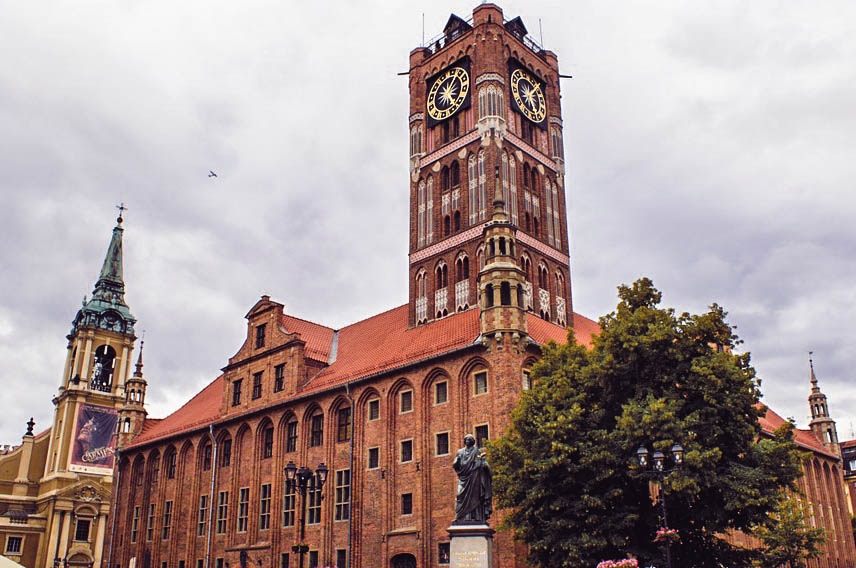
Torun owes its origins to the Teutonic Order, which in the mid-thirteenth
Torun owes its origins to the Teutonic Order, which in the mid-thirteenth century. Built a castle that will serve as a base for the conquest and evangelization of Prussia. The town belonging to the Hanseatic League, and soon began to play an important role trade. Its rank is evidenced by numerous impressive, the fourteenth and fifteenth-century public buildings and private (including Copernicus House), rising in the Old and New Town.
9. Muskauer Park
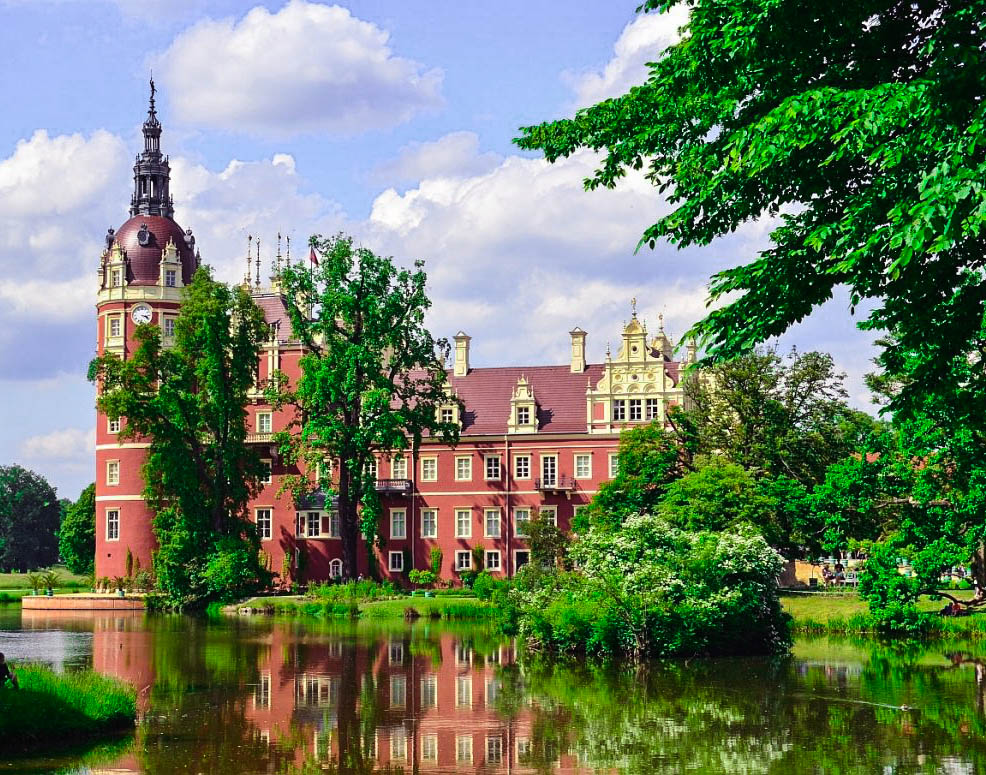
Lying in Polish and German park is the largest and most famous park in the English style in both countries, considered one of the greatest achievements of garden architecture in nineteenth-century Europe. Park occupies approx. 5.45 km² on both sides of the river Lusatian Neisse. On the German side is 200 hectares of the park (including the center of the park in Bad Muskau German), Poland has some 800 hectares and is located around Łęknica. Both parts of spina border crossing and a wooden bridge on the Neisse. Endless meadows, picturesque lakes and rivers, winding paths – though it seems that this landscape was formed only nature, it is a garden a work of art created by a German Prince Hermann von Pückler-Muskau. The intention of the authors was to be the place where harmoniously merged with nature, culture and technology.
10. Old City of Zamość

Zamosc is a rare example of an almost fully preserved Renaissance city, built on the so-called. “Greenfield“, based on the theories of the Italian “ideal city”. The founder designed from the ground up in the sixteenth century, the city was hetman Jan Zamoyski, one of the richest men in the history of the world, and at the same educated connoisseur of art. To realize the dream urzeczywistniających Italian concept called. “Ideal city” invited the Italian architect Bernardo Morando. Thus arose one of the best teams in Europe, urban and architectural. It includes m.in .: three markets, the residence palace, the academy, town hall, arsenal, collegiate and townhouses. In addition to the collegiate Morando also created six temples for each of the denominations represented by the townspeople of Zamosc. A characteristic feature of the works of Morando is combining elements of local art, architecture Italian, Dutch and Armenian. With time, the city Zamoyski became an impregnable fortress, with a reliable defense system, which consisted of, among others, a team of seven interconnected walls, bastions.
11. Wieliczka and Bochnia Royal Salt Mines
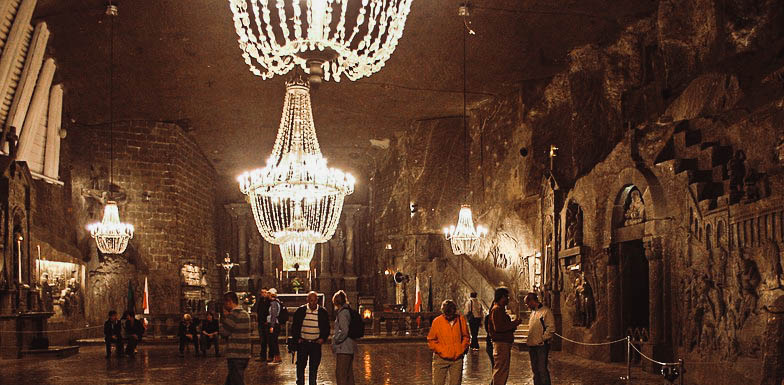
Wieliczka Salt Mine was entered in 1978. As one of the first 12 objects in the world. In 2013, the entry has been extended to the Salt Mine in Bochnia and Saltworks Castle in Wieliczka, changing the name of the entry. Royal Salt Mines in Wieliczka and Bochnia are the entry standard. Deposits of rock salt in Wieliczka are operated from the thirteenth century. The mine extends to 9 levels and has 360 km of sidewalks, which are carved in salt altars, statues and other works of art; stages of an exciting pilgrimage to the past of this large-scale industrial projects. Zone of the Historic Mine in Bochnia are the three windows: Sutoris (from the mid-thirteenth century.), Campi (from the mid-sixteenth century.) And Trinitatis (from the beginning of the twentieth century.) And 9 levels located below the surface. Precious heritage of spiritual culture are the Bochnia miners underground chapels and places of worship.
12. Wooden Tserkvas
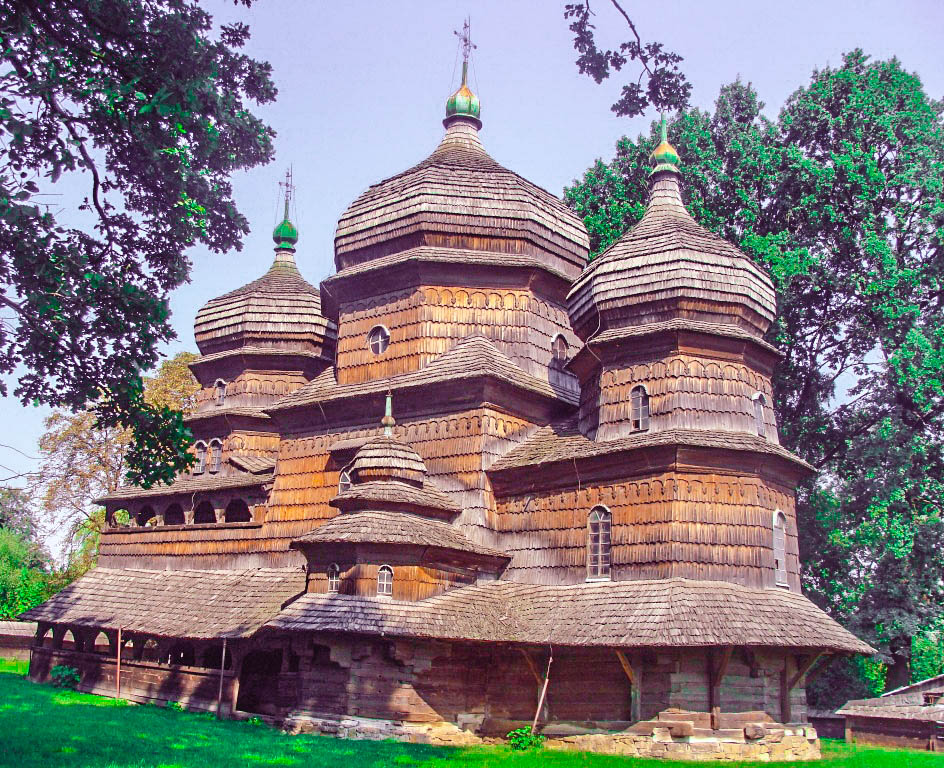
Wooden churches in the Polish and Ukrainian Carpathian region is a testament to the temples which separate building traditions, rooted in the tradition of the Eastern Church.
13. Wooden Churches of Southern Małopolska
14. Białowieża Forest
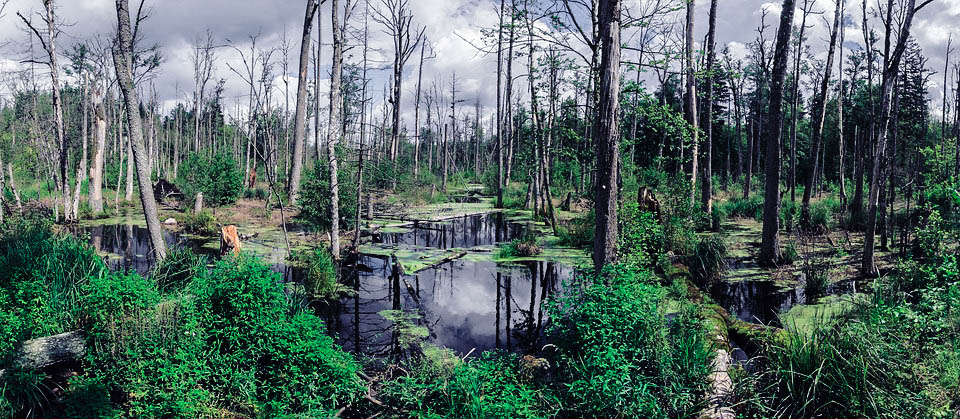
Bialowieza Forest is situated on the territory of the Polish and Belarus is a vast expanse of primary forest, where there are both conifers and deciduous. The area listed extends over numbering 141 885 ha. It is a unique place from the point of view of biodiversity conservation. There is here the largest population of European bison, a species that symbolizes the Forest.
In 1979. On the World Heritage List was entered part of the Bialowieza National Park. Belarusian part of the Bialowieza Forest was registered in 1992. As an extension of an entry. Since 1992. The two parts of the forest are one object border. In 2014, a World Heritage has been extended, especially on the Polish side (from the surface of 5.069 ha to 59,576.09 ha). There was also a change of name (ang. Bialowieza Forest, before Bialowieza Forest / Belovezhskaya Pushcha)
Read more:
https://themigrationbureau.com/2017/01/21/poland-travel-guide/

